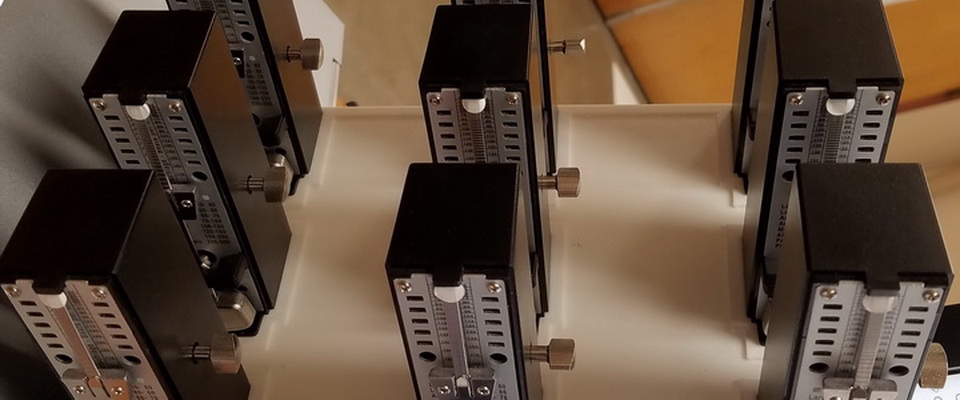Since the late 1980’s there has been an explosion of interest in the synchronization problem of coupled oscillators. Beginning with the Winfree model, which was refined to the ubiquitous Kuramoto model, there has been much research into the properties of networks whose dynamics can be described as coupled oscillators. Now used as a method to model any periodic limit cycle oscillator, interest has grown to encompass neuroscience, biology, zoology, quantum physics, chemistry, sociology, control engineering, electrical engineering, power system engineering, etc. Unfortunately the complexity of the application makes confirming the theoretical properties of many networks unfeasible. While the vast literature of published research is informative, confirmation of these properties through some type of physical model is needed to reassure that no unforeseen complication has been overlooked. The idea of placing metronomes on moving platforms has been performed before (most famously by Steven H Strogatz to uproarious applause during his TED talk in 2004 and more recently by Erik Martens and collaborators in ...). Now, multiple platforms with metronomes on them are coupled together so as to simulate some of the established and emerging conclusions on the behavior of networks of coupled oscillators.
 |
 |












